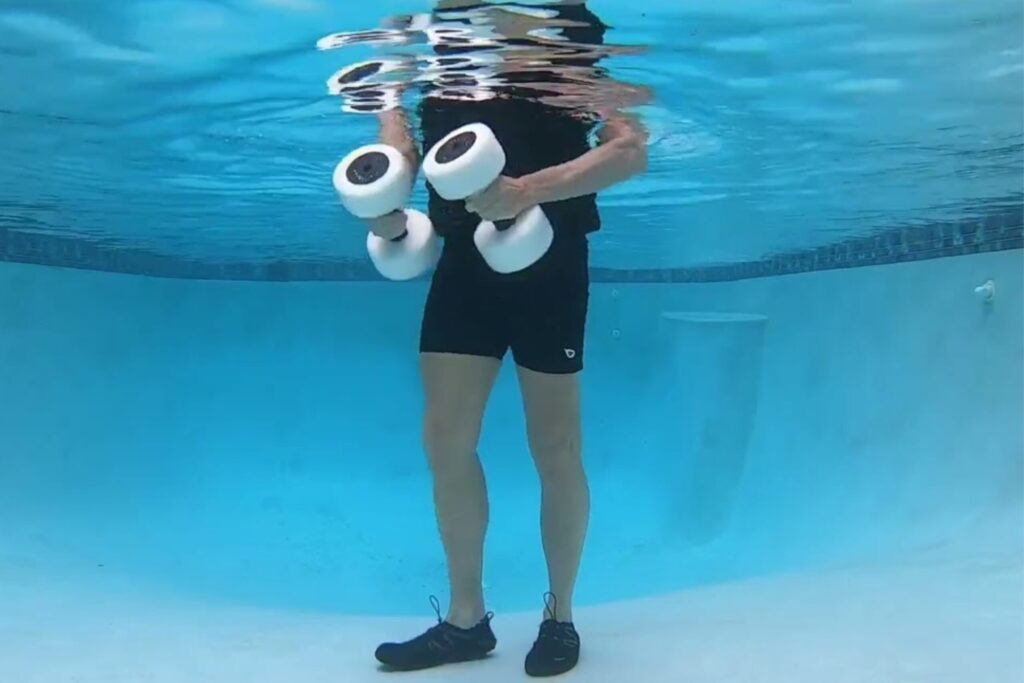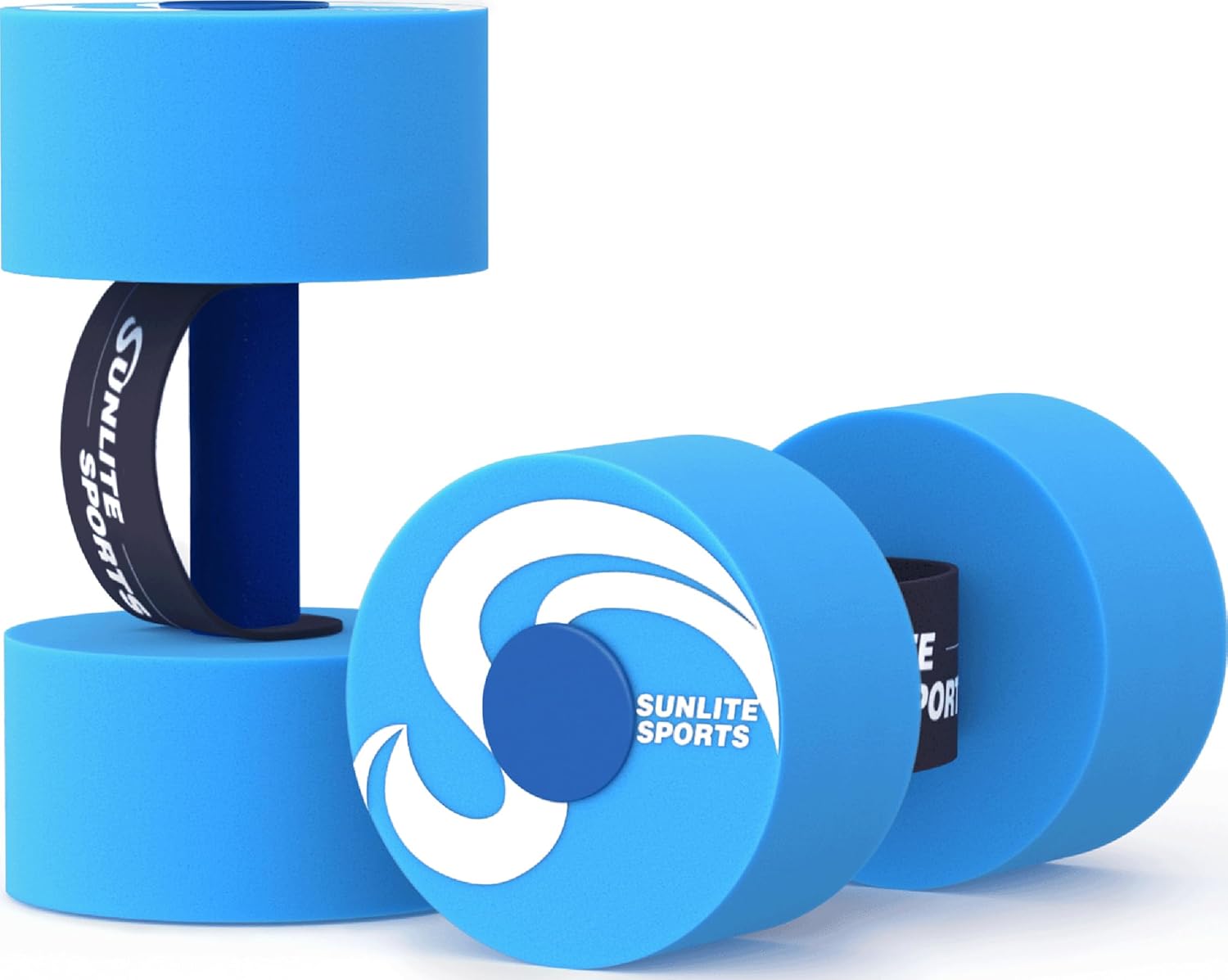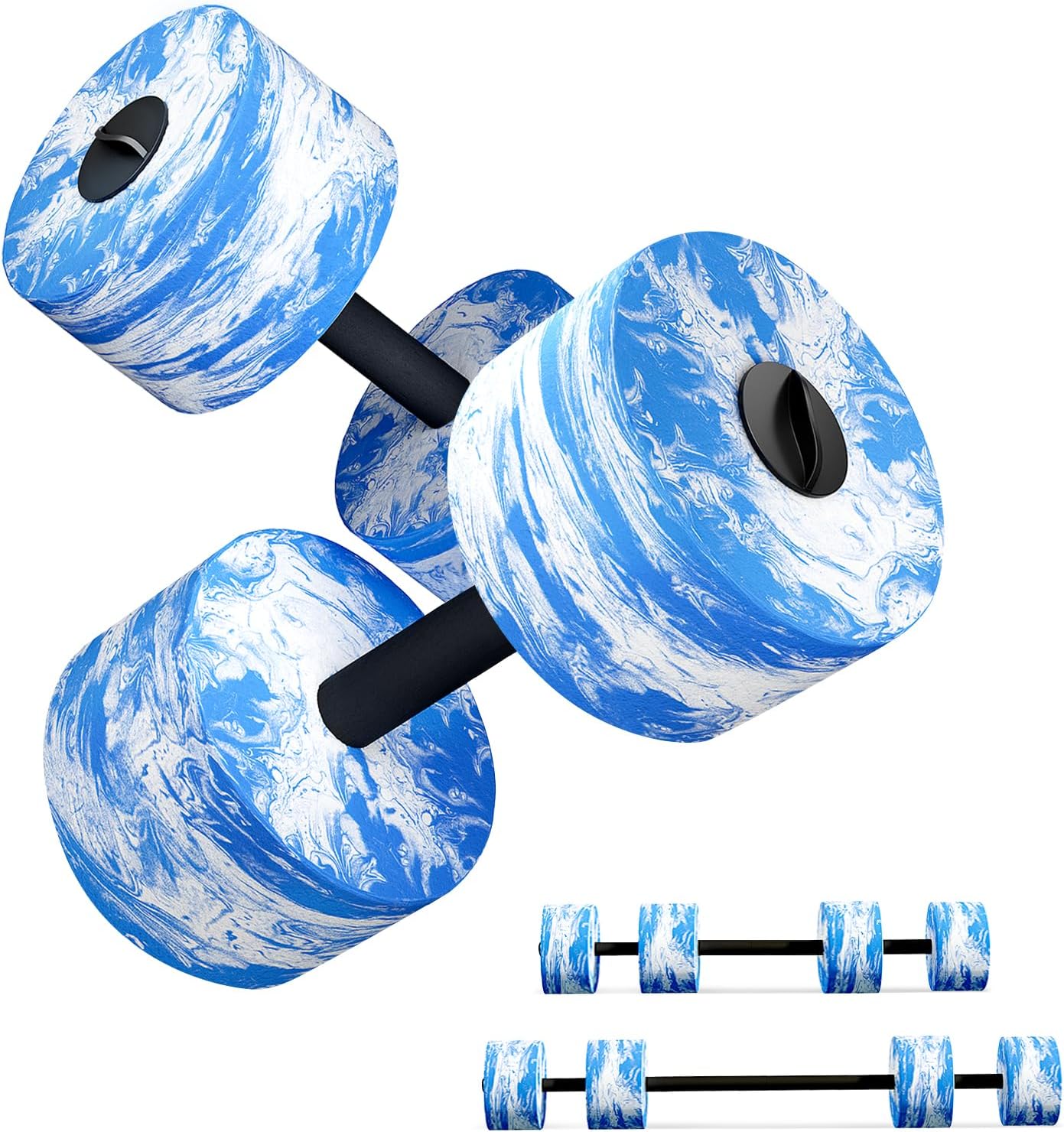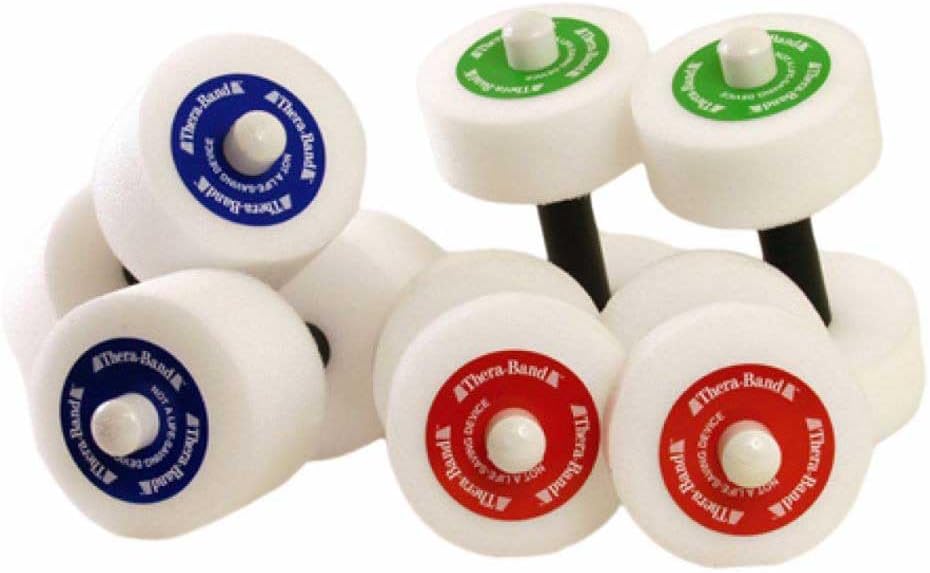Is Water Exercise Good For You – The Truth
Is water exercise good for you? Step into the pool, start moving, and suddenly you’re doing more than staying afloat: you’re giving your body a workout without the usual strain. No sore knees, no gasping for air after five minutes, and no endless dread of the treadmill waiting at home.
Water exercise blends the fun of being in the water with solid health benefits that work for nearly everyone. It’s a way to build strength, boost your heart health, and even burn calories while feeling lighter than you actually are. And the best part? Science backs up why it works so well.
Is Water Exercise Good for You?
Yes, water exercise is good for you, and here is why. When you step into a pool, the water does two important things at once. First, it supports your body weight through buoyancy. That means your joints, like knees and hips, feel less stress compared to running or jumping on hard ground.
People with arthritis or injuries often find they can move freely in water without the usual pain or stiffness.
Second, water creates resistance in every direction. Unlike air, which offers almost none, water pushes back when you try to move through it. Even walking across a pool works your muscles harder than walking on land. This resistance strengthens your arms, legs, and core while keeping the movements smooth and controlled.
Because of this combination: low impact and natural resistance, water workouts improve strength, flexibility, and cardiovascular health all at once.
Studies have shown they can also help with balance, coordination, and even mental well-being because the water’s pressure and temperature help relax the body while you exercise.
And if you are wondering about calories, moderate water workouts can burn as much energy as a brisk walk or light jog, especially when you add faster movements or use aquatic gear. All of this makes water exercise safe, effective, and suitable for almost any fitness level.
|
|
|
|
Why Water Exercise Works So Well
The magic lies in water’s natural properties. Its buoyancy supports your body weight, reducing stress on joints by up to 90% when you’re neck-deep. At the same time, water resistance is much higher than air, so every movement works your muscles harder without you noticing as much fatigue as on land.
This balance makes exercise in water ideal for people with arthritis, chronic pain, or anyone who wants a safe, challenging workout. Research from the Arthritis Foundation confirms that regular water aerobics exercises improve mobility and reduce pain in people with osteoarthritis.
The Heart and Lung Benefits
Cardiologists often recommend aqua exercises because they raise your heart rate like brisk walking or cycling but with less strain. Your lungs work harder too since water pressure around your chest makes breathing slightly more challenging in a good way. Over time, this improves endurance and overall cardiovascular health.
A study published in the Journal of Aging and Physical Activity showed older adults doing water exercises three times a week for 12 weeks improved not only heart health but also balance and strength.
Weight Loss: Can You Really Burn Calories in Water?
One of the most common questions is is aqua aerobics good for weight loss? The answer: yes, but with a catch.
Because water cools you down, you might not feel as sweaty as on land, but your body still burns calories. A 30-minute moderate-intensity water workout burns roughly 200–300 calories, depending on weight and intensity. Add faster intervals like water jogging or kicking drills, and you can reach 400 calories or more in half an hour.
For best results, combine water aerobics exercises with a healthy diet and at least two sessions a week of strength training (land or water-based).
Strength Training in Water: How Do Water Weights Work?

Many people don’t realize you can build strength in a pool. This is where water dumbbells and aquatic resistance gear come in.
So, how do water weights work? They aren’t heavy like regular dumbbells. Instead, they rely on buoyancy and surface resistance. When you push them down, the water pushes back, giving your muscles constant resistance throughout the movement.
If you want the best water weights for pool exercise, look for foam dumbbells with comfortable grips. They come in different resistance levels: light, medium, heavy – so you can progress as you get stronger.
How to Use Water Weights
- Start simple: Hold one in each hand, stand chest-deep, and press them underwater slowly, then lift back up.
- Try arm curls: Keep elbows close to your body and curl weights upward, then push them down slowly.
- Add leg work: Hold weights for balance while doing knee lifts or side kicks.
Knowing how to exercise with water dumbbells properly ensures you target arms, shoulders, core, and legs safely. Always move slowly for maximum resistance.
Water Exercise for Joint Pain and Recovery
If you have arthritis or are recovering from an injury, you’ve likely heard that water exercises are recommended by physiotherapists and for good reason.
Studies in The American Journal of Physical Medicine & Rehabilitation show that people with knee osteoarthritis who did aqua exercises three times a week had less pain and better mobility than those who stuck to land-based workouts.
The water supports your body weight, so there’s no pounding on sore joints. Plus, warm water in therapy pools relaxes muscles, reduces stiffness, and promotes circulation.
Types of Water Exercises Worth Trying
Here are some popular water aerobics exercises that deliver both fun and fitness:
- Water Walking or Jogging: Great for beginners; just walk or jog in waist-to-chest deep water.
- Flutter Kicks: Hold onto the pool edge, kick your legs behind you.
- Aqua Zumba: Dance moves meet resistance training for a cardio boost.
- Deep Water Running: With a flotation belt, you mimic running without joint impact.
- Core Twists: Standing in water, twist your torso side to side holding water weights.
Is Water Exercise Enough on Its Own?
For general fitness, yes, it can be. But if your goal includes bone density improvement, land exercises like walking or strength training should complement water workouts since buoyancy reduces bone-loading effects.
Think of it this way: exercise in water keeps your joints happy and your muscles strong, while land workouts keep your bones healthy. A mix of both gives you the best of both worlds.
Water Exercise and Mental Health
The soothing effect of being in water helps reduce stress. Many people report feeling calmer after aqua exercises compared to gym workouts. The rhythmic movement, cooling sensation, and even social interaction in group classes all play a role.
Some studies link regular water aerobics exercises with reduced symptoms of anxiety and mild depression, thanks to both physical activity and the calming environment.
Safety Tips Before You Start
While water exercises are generally safe, keep these in mind:
- Check pool hygiene and temperature. Warm water (around 28–31°C) works best for most workouts.
- Use flotation belts if you’re not confident in deep water.
- Avoid overdoing it if you have heart issues or uncontrolled medical conditions, get medical clearance first.
- Stay hydrated. Even though you’re surrounded by water, you still sweat.
Beginners: How to Start Water Workouts
- Begin slowly: Two to three 20-minute sessions per week.
- Learn basic moves: Walking, leg lifts, and gentle arm exercises.
- Progress gradually: Add intervals, water weights, or join an aqua aerobics class.
- Track intensity: Aim for a moderate effort – you should breathe faster but still talk comfortably.
Advanced Options for Fitness Enthusiasts
If you already exercise regularly, try:
- High-Intensity Interval Training (HIIT) in water sprint 30 seconds, recover 30 seconds.
- Underwater plyometrics like squat jumps in waist-deep water.
- Resistance circuits with water dumbbells or resistance gloves.
These keep workouts challenging while protecting your joints.
Water Exercise During Pregnancy and Older Age
Both groups benefit greatly from aqua exercises because of low impact and safety. Pregnant women often find exercise in water reduces back pain and swelling. Older adults appreciate the stability water provides, lowering fall risk.
Always check with a healthcare provider before starting, especially if you have complications.
FAQs on is Water Exercise Good for You
Is Water Exercise Better Than Swimming?
Swimming is great, but structured water aerobics exercises target strength and cardio more effectively for some people.
Can You Lose Belly Fat With Aqua Aerobics?
Spot reduction isn’t possible, but water workouts burn calories and build muscle, leading to overall fat loss.
Is Water Exercise Good For Heart Patients?
With medical clearance, yes. It improves circulation and endurance without straining the joints.
How Often Should I Do Water Workouts?
Three times a week is ideal for most beginners.
The Bottom Line on is Water Exercise Good for You
So, is water exercise good for you? Absolutely, if done correctly and consistently. It combines low-impact training, strength building, heart health benefits, and even mental relaxation in one package.
Whether you’re curious about water aerobics exercises, wondering how to use water weights, or hoping to find the best water weights for pool exercise, the pool offers something for everyone.
Start slow, stay safe, and soon you’ll see why people keep coming back to the water: not just for swimming, but for total-body fitness that feels surprisingly enjoyable.







